15+ Sample Notebook Paper
-
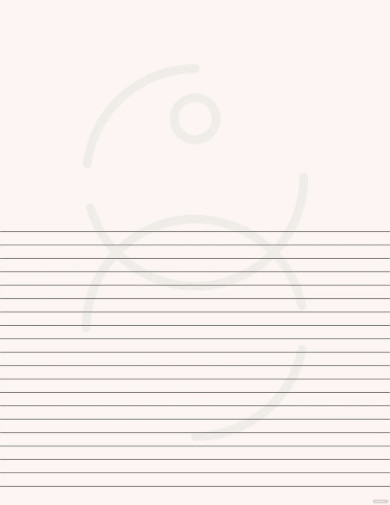
Half Lined Notebook Paper Template
download now -
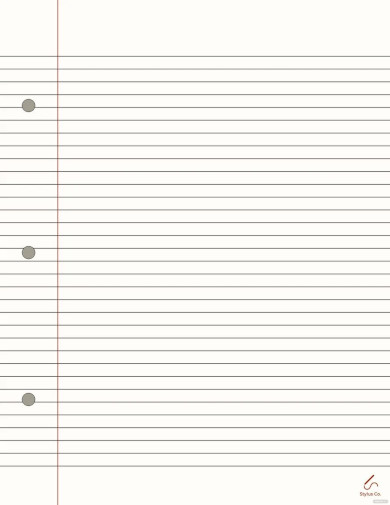
College Ruled Notebook Paper Template
download now -
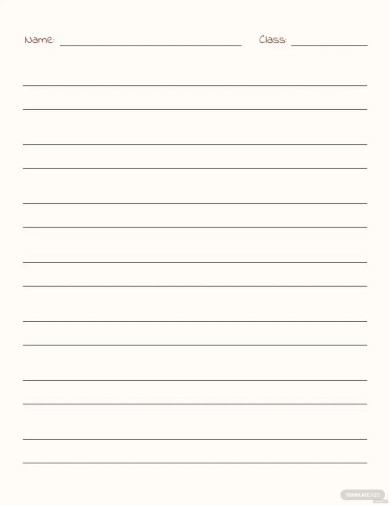
2 Lined Notebook Paper Template
download now -
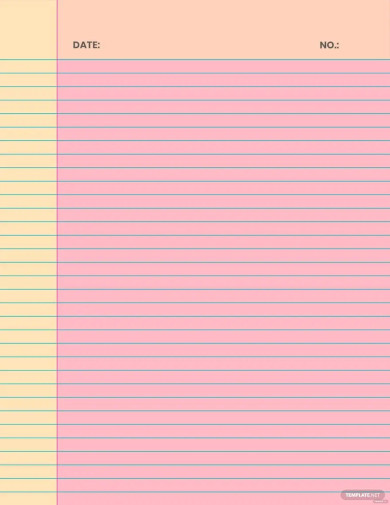
Colorful Lined Notebook Paper Template
download now -
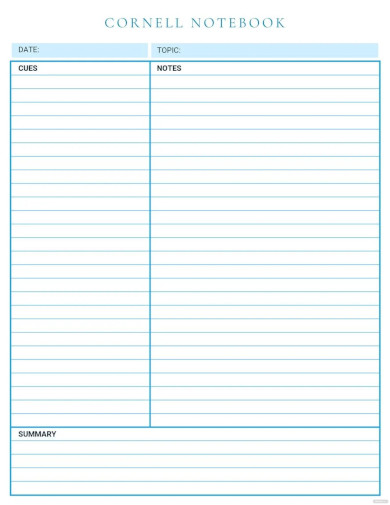
Cornell Notebook Paper Template
download now -
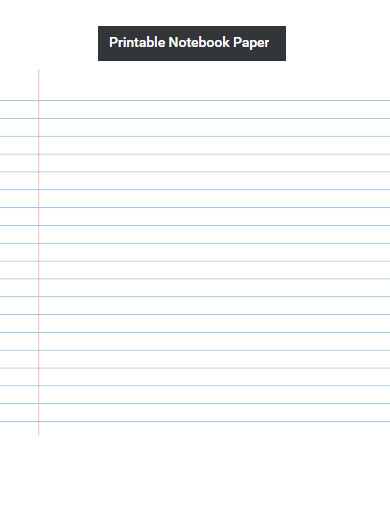
Printable Notebook Paper
download now -

Simple Notebook Paper
download now -
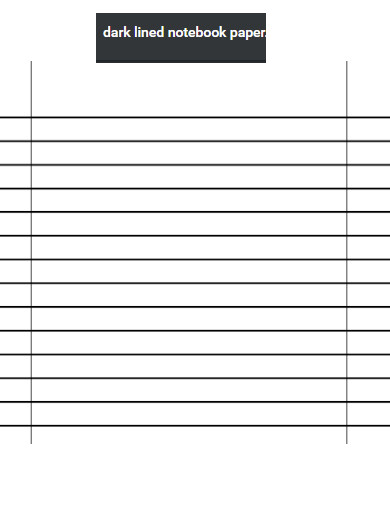
Dark Lined Notebook Paper
download now -
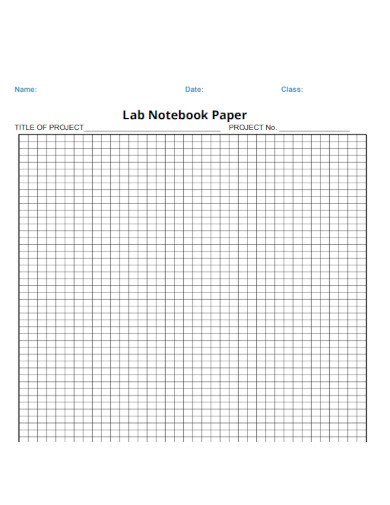
Lab Notebook Paper
download now -
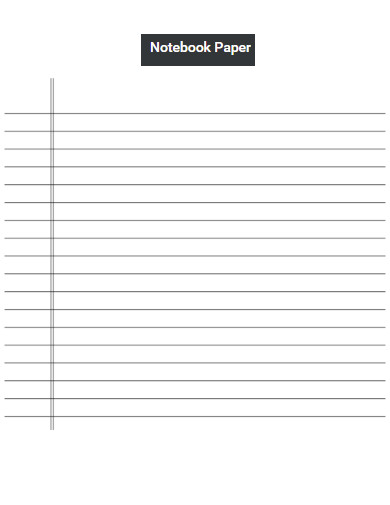
Basic Notebook Paper
download now -
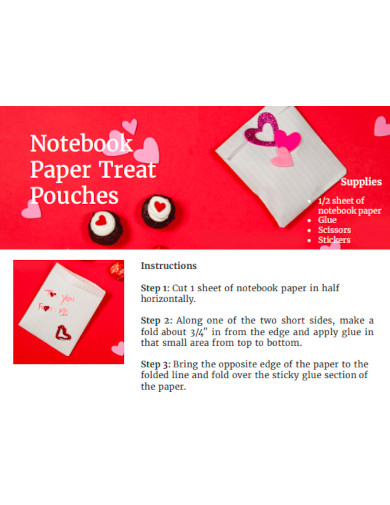
Notebook Paper Treat Pouches
download now -
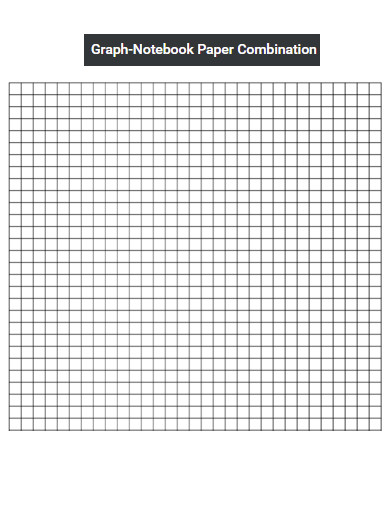
Graph Notebook Paper Combination
download now -

Lined Notebook Paper
download now -
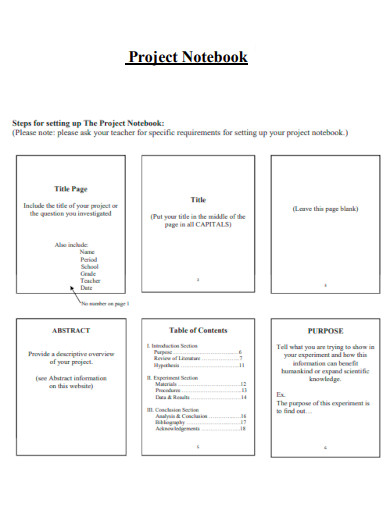
Project Notebook Paper
download now -

Engineering Design Notebook Template
download now -
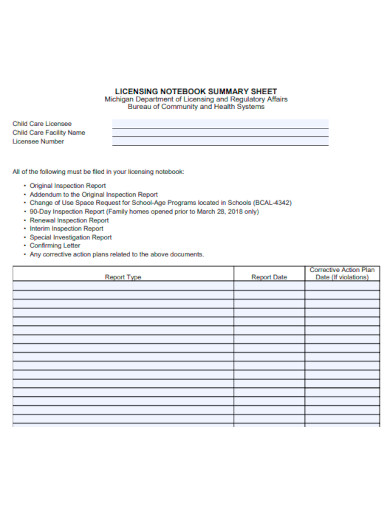
Notebook Summary Sheet
download now
What is Notebook Paper?
Notebook paper is a quintessential writing surface for scholars, writers, and artists alike that transcends time, capturing the essence of scholarly endeavors and creative expression and epitomizing the convergence of functionality and aesthetic allure. It embodies a delicate balance of purpose and design, merging the practicality of a wide-ruled structure with an exquisite visual appeal. This versatile medium presents itself as a structured canvas for thoughts and expressions, offering a full page for boundless creativity. Its blank expanse beckons the writer’s hand, while the precisely ruled lines guide the pen with meticulous elegance. Available in downloadable and printable PDF formats, notebook paper marries convenience with style, boasting decorative touches and spiral bindings that elevate the act of writing into an art form.
Studies indicate that 85% of students rely on notebook paper for note-taking, organization, and studying, enabling them to retain information more effectively. Furthermore, 70% of writers find the tactile experience of writing on notebook paper enhances their creativity and focus. Artists utilize notebook paper as a sketching surface, with 80% using it to capture their initial ideas and concepts. Additionally, notebook paper is favored by professionals for brainstorming, planning, and jotting down important thoughts, boosting productivity and organization. Its versatility and accessibility make it an essential tool for individuals across various disciplines, facilitating expression, learning, and productivity.
Types of Notebook Papers
Explore a diverse array of notebook papers designed to cater to various preferences and needs. From wide ruled to full-page options, aesthetic designs to PDF document templates, this section delves into the world of notebook paper types, offering a glimpse into their unique features and applications.
How to Use Notebook Paper
Discover the art of harnessing the potential of notebook paper with these practical steps. This section guides you through the process of effectively utilizing notebook paper for various purposes. From selecting the right paper to organizing thoughts and preserving your work, unlock the secrets to maximizing the benefits of this versatile writing medium.
Step 1: Select the Appropriate Notebook Paper
Determine your specific requirements based on the task at hand. For individuals, wide ruled or full-page paper may be ideal. Artists can choose blank paper for sketches, while writers and professionals might opt for lined paper for organized writing. Consider factors such as paper size, aesthetic design, and whether you prefer printable PDFs or spiral-bound notebooks.
Step 2: Prepare Your Writing Tools
Gather the necessary tools, such as pens, pencils, or markers, that suit your style and purpose. Artists may choose a variety of drawing utensils, while writers and professionals often opt for reliable pens or mechanical pencils. Ensure your writing instruments are compatible with the paper type to avoid smudging or bleed-through.
Step 3: Begin Writing, Drawing, or Planning
Utilize the notebook paper according to your intended use. For individuals, start jotting down ideas, making to-do lists like wedding to-do lists if you are a wedding planner, or brainstorming. Artists can begin sketching, doodling, or creating intricate designs. Writers and professionals should start organizing thoughts, outlining, or drafting content, taking advantage of the lined or blank spaces provided.
Step 4: Review, Edit, and Store
After using the notebook paper, review your work, make necessary edits, and ensure it aligns with your objectives. For artists, this may involve refining sketches or adding color. Writers and professionals should proofread, revise, and finalize their written content. Once satisfied, store the notebook paper in a safe place or transfer digital files for easy access and future reference.
FAQs
When choosing notebook paper for writing, there are several key factors to consider. Firstly, the weight and thickness of the paper can greatly impact the writing experience. Thicker paper tends to be more durable and resistant to ink bleeding through, while lighter paper may be more prone to tearing or smudging. Secondly, the ruling or spacing of the lines on the paper can affect the legibility and organization of your writing. Narrow-ruled paper is ideal for those with small handwriting, while wide-ruled paper provides more space for larger handwriting. Additionally, the texture of the paper can play a role in the writing experience. Some writers prefer smooth paper for a sleek and effortless writing experience, while others may prefer a slightly textured surface for better grip and control. Finally, considering the environmental impact of the paper is important. Opting for recycled or sustainably sourced paper can contribute to an eco-friendlier writing experience. By taking these factors into account, you can select notebook paper that enhances your writing experience.
Wide-ruled notebook paper offers several advantages for writing. The wider spacing between the lines provides more room for larger handwriting, making it easier to write legibly and neatly. This is particularly beneficial for individuals with larger or less precise handwriting. Additionally, the wider spacing can also accommodate annotations or additional notes between each line, allowing for better organization and clarity. Wide-ruled paper is often preferred for educational purposes, as it provides ample space for students to take notes and highlight key points during lectures or discussions.
Blank notebook paper, as the name suggests, does not have any ruling or lines. This type of paper offers complete freedom and flexibility in terms of writing, drawing, or sketching. Blank notebook paper is ideal for individuals who prefer an unstructured writing experience or who engage in creative activities that go beyond traditional writing. It allows for unrestricted expression and encourages out-of-the-box thinking. Writers can freely experiment with different writing styles, create mind maps, or sketch illustrations without the constraints of lines. Blank notebook paper is often used by artists, designers, and individuals who enjoy creative writing.
A visually appealing design can inspire creativity and make the act of writing more enjoyable. Whether it’s a simple border or a decorative pattern, the design can add a touch of personalization and uniqueness to your writing. Additionally, the color of the paper can also influence the writing experience. While traditional white paper is commonly used, experimenting with different colors can evoke different moods or enhance specific writing tasks. For example, pastel-colored paper can create a calming atmosphere for journaling or reflective writing using a daily journal, while vibrant colors can energize and stimulate creativity.
What are the key factors to consider when selecting notebook paper for an optimal writing experience?
What are the advantages of using wide-ruled notebook paper for writing?
When might blank notebook paper be preferred over lined paper?
How does the aesthetic design of notebook paper impact the writing experience?
Selecting and using the right notebook paper is crucial for achieving an optimal writing experience. Factors such as weight, ruling, texture, and design all play a role in enhancing the quality of writing and making it more enjoyable. Whether you prefer wide-ruled paper for larger handwriting or blank paper for creative expression, there are options available to suit every individual’s needs. By considering these factors and personal preferences, writers can find the perfect notebook paper that enhances their writing process and ultimately leads to higher-quality work. Easily and quickly download and use our sample notebook paper in various formats and other blank sample templates including sample journal paper format templates and research paper samples.
